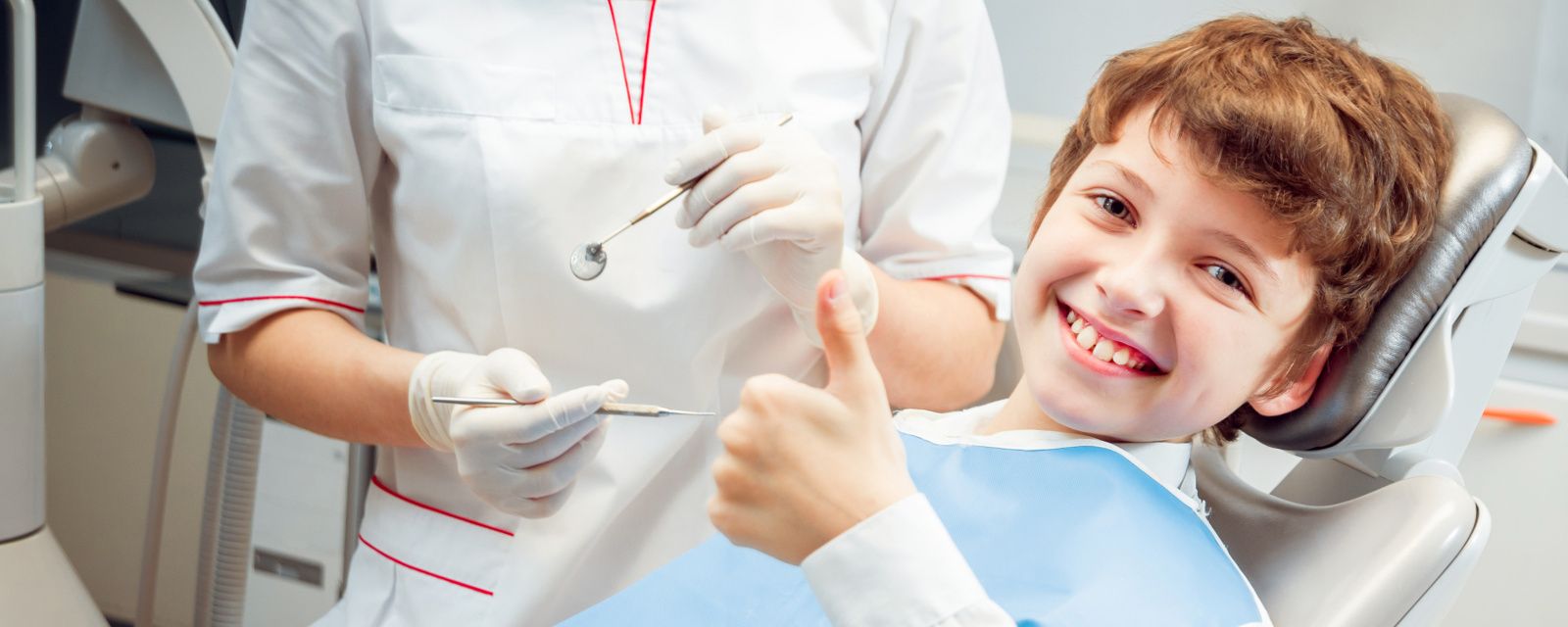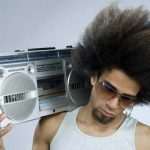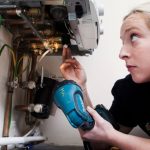 Understanding the tools and equipment used by dentists can calm the fears that many people face. Dont put off a dental visit as it is a very important part of taking care of your health. Putting off the visit will only make any matters worse. For instance a simple filling of a small cavity now can save you the pain and expense of a root canal down the road. Knowledge is power so ere are a few of the things people find at their dental office.
Understanding the tools and equipment used by dentists can calm the fears that many people face. Dont put off a dental visit as it is a very important part of taking care of your health. Putting off the visit will only make any matters worse. For instance a simple filling of a small cavity now can save you the pain and expense of a root canal down the road. Knowledge is power so ere are a few of the things people find at their dental office.
Saliva ejectors
Dentists use these to dry out the patient’s mouth when saliva gets in the way of their work so that they can easily carry out the procedures. A saliva ejector is a vacuum-like instrument that is small enough to be easily inserted into your mouth and suck away excess saliva.
Mouth mirrors
One of the most common tools you will see, this is a tiny mirror that is attached to a long handle. A mouth mirror has two purposes. The first one is to enable the dentist to see hard-to-reach areas in the mouth to know if there is any tooth decay or other causes for alarm. Secondly, according to dentist.com it helps them move the cheek or tongue into a position such that they can have the best vantage point for your gums, cheeks, and teeth.
Dental probes
This instrument is used to examine the patient’s gum pockets. There is a measuring device on a dental probe that helps the dentist determine if you have a periodontal disease. It is also used to remove plaque and tartar or locate holes in the tooth enamel.
Scalers and curettes
You may recognize them as the most hated dental instruments because of the feeling and sound associated with them. They are sharp handheld tools that can effectively scrape tartar and plaque. To get access between the teeth and behind the back teeth, curettes and scalers are curved, mimicking the shape of a tooth, so that they can remove even the minuscule tartar deposits.
Basic Equipment
The basic equipment that dentists are trained to use includes dental panoramic X-ray machines that can take images of the patient’s entire mouth at a time. Also, they use an intraoral machine to view the image of a single tooth. Dental lasers are used to whiten the teeth and often, a surgical magnifier or microscope is also used in oral surgeries. Dentists sterilize their tools using an autoclave.
Prosthetic Equipment
Along with general dentistry, there are other specialties like prosthodontics whose practice require the use of crowns to repair damaged teeth or replace missing teeth. Using various tools, dentists create impressions to ensure that the substitutes will fit perfectly. Impression trays are used as a prosthetic equipment to help the doctors create templates for crowns and bridges. In addition to this, wax knives are used to carve models, while crown pullers help them remove crowns or caps that have been cemented in place.
Miscellaneous Equipment
Since dental procedures need to be safe for both patients and dentists, the practitioners usually wear disposable gloves, safety glasses, and masks. Sometimes, the dentist uses rubber dams to isolate the tooth on which they need to work. Pluggers and tips help them pack a root canal or place cement accurately. Although it is not very common, a few dentists employ the computer technology in their practice for various tasks, such as sending the images of patient’s teeth to a monitor through a small camera. Moreover, dentists use suture scissors and other suturing equipment to remove stitches.


